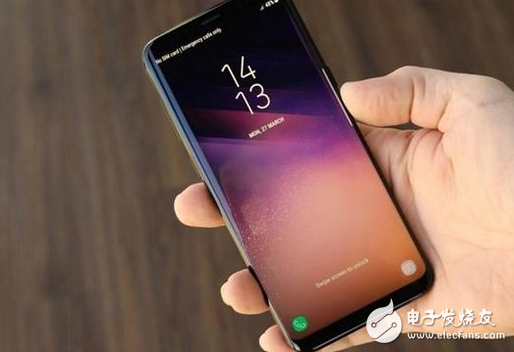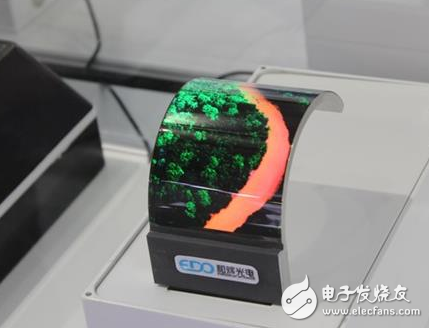In the past, China's oled technology has not been able to break through, so we always rely on foreign imports, but now it is different. It is reported that China's own oled screen is about to be mass-produced now, and there is no need for Korea to provide the amount of oled. Production will break the monopoly of South Korea.
Since Apple's latest mobile phone product, the iPhone X, has adopted an OLED screen, the mobile phone market has suddenly boiled. Major mobile phone manufacturers have added their latest products to the OLED screen, and the higher color contrast display and the temptation of the full screen have made many consumers Mobile phones with OLED screens are more popular.

Due to the current small-size OLED screen technology, and almost all of the products are in the hands of Korean companies, Samsung Display, the world's largest small-size OLED panel manufacturer, accounts for more than 97% of the world's small-sized panels per year, and the output of its small-size OLED screens. Although it can reach hundreds of millions of pieces every year, it seems to only meet the needs of its own mobile phone production line and Apple iPhone X.

In the face of domestic Chinese mobile phone manufacturers' hunger and thirst for OLED panels, domestic suppliers have significantly increased their investment in OLEDs in the past two years.
With abundant funds in the Chinese mainland market and government subsidies for the development of new display technologies, it is expected that the next manufacturers will gradually build new AMOLED production lines.
At present, companies including BOE, Tianma, Huaxing Optoelectronics, Hehui Optoelectronics, and Guoxian Optoelectronics have all intentions or have begun to lay out OLED-related fields to break the monopoly of Korean companies.

However, the high threshold of AMOLED production technology, in addition to the need to have a certain level of backplane production capacity, the evaporation process and packaging process of the organic light-emitting layer is also a bottleneck.
Taking vapor deposition equipment as an example, it still relies on the supply of Japanese and Korean equipment manufacturers. Among them, the 6th generation Half Cut machine of Canon Tokki is the competition of various panel manufacturers.
What is gratifying is that there is news that the domestic panel maker BOE Chengdu OLED production line is expected to achieve small-volume mass production shipments at the end of October, and will be the first to supply domestic smartphone brands, and this move will also break Samsung's smartphone OLED screen. Monopoly position, leading the OLED localization process.
According to relevant sources, Apple has recently conducted an inspection of BOE, and will first use BOE OLED in Apple Watch, which will be applied to iPhone products in the future.
In many electronic communication equipment and instruments where always use some cable assemblies to connect some electronic units and circuits.
We use different connectors, such as SMB, SMA, N TNC, MCX, IPEX, BNC with different cables such as Flexible cable, semi-flexible cable, semi-rigid cable, corrugated cable etc. Our products widely used in customers' special technology, equipment, skilled operation , advanced test
We test all the finished cable assemblies one by one, Insulation resistance , Dielectric Withstanding Voltage and VSWR at the frequency range form 0~18 GHz. to meet clients' requirements and Characteristic.
RF Connector Coaxial Cable,RF Cable Assembly,SMA Cable Assemblies,N Type Cable Assemblies
Xi'an KNT Scien-tech Co., Ltd , https://www.honorconnector.com